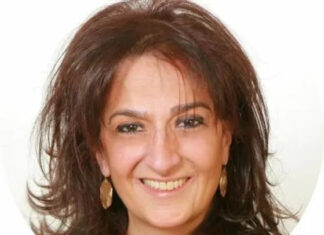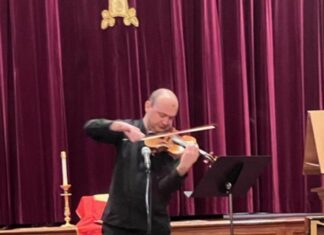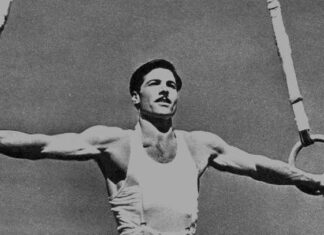Champion of Women’s Studies
By Paul Vitello
NEW YORK (New York Times) — Dr. Mariam Chamberlain, who played a pivotal yet little-known role in establishing women’s studies in the American college curriculum, and financing early research about the inequities women faced in the workplace and other realms of society, died Tuesday in Manhattan. She was 94.
Her death was confirmed by the National Council for Research on Women, a nonprofit organization of university-based research centers that she founded in 1981 and served for many years as president.
Though she rarely gave speeches, and considered herself more of a researcher than an activist — she had a PhD in economics from Harvard — Chamberlain came to be known in the women’s movement as “the fairy godmother of women’s studies.”
She earned the sobriquet as a program director for the Ford Foundation from 1971 to 1981, granting about $5 million in seed money to a few dozen groundbreaking academic studies, sociological projects and statistical surveys that laid the groundwork for women’s studies departments and public policy research programs across the country.









